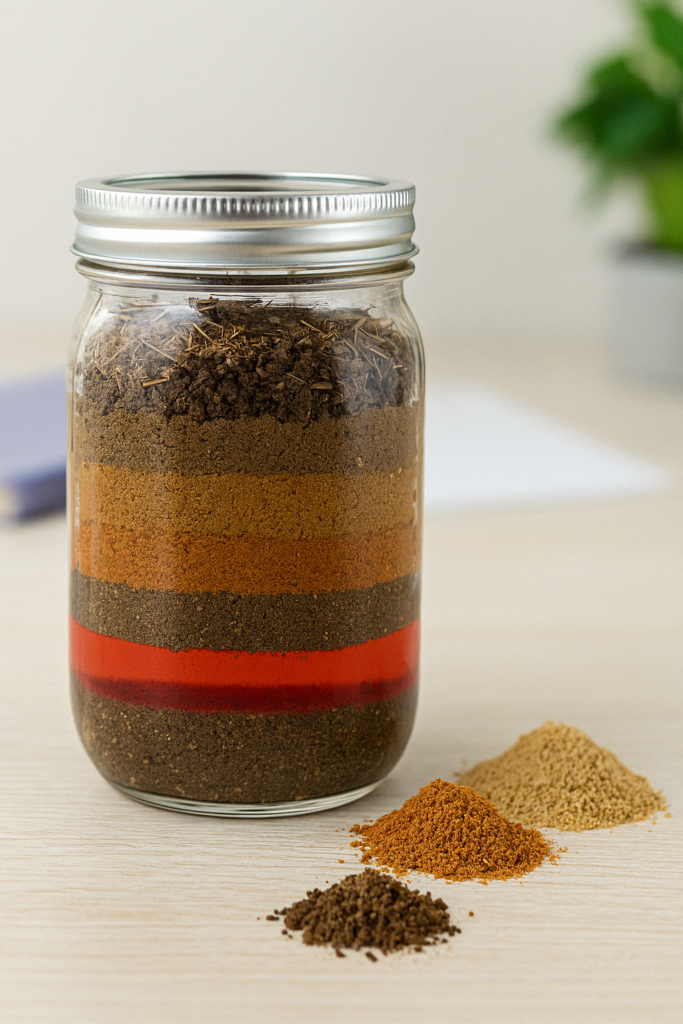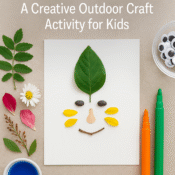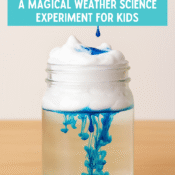
The Dirt Detectives: Exploring Soil Science Underfoot
Why Soil Deserves Our Curiosity
Soil may look like plain brown dirt, but it’s a hidden world of wonder teeming with science, history, and life. For children, getting hands-on with soil isn’t just messy fun—it’s an educational experience that connects them with ecosystems, climate, and sustainability. Yet many kids (and adults!) don’t realise that soil layers tell a story, or that simple kitchen items can reveal its acidity or alkalinity.
This blog is part of our “Nature Explorers” series, tailored for parents and educators who want to spark curiosity about the natural world through interactive experiments. Today, we’ll investigate soil like scientists, getting dirty in the name of discovery.
The Science Beneath Our Feet
Soil is more than just dirt—it’s a complex system made of minerals, organic matter, air, and water. These components vary across soil types and layers, known as horizons. Scientists examine these layers to understand environmental changes, agricultural needs, and even archaeological history.
One particularly fascinating aspect is pH level: acidic, neutral, or alkaline. pH can determine what plants grow best and whether soil is being polluted. Learning to observe and measure these features empowers children with real scientific tools.
Hands-On Soil Activities
Let’s get muddy with two standout experiments designed to reveal soil’s secrets.
1. Soil Layer Jar with Food Coloring
Objective: Visualise how soil separates into layers—sand, silt, clay, and organic matter.
Materials:
- A large clear jar with a lid
- Soil from your backyard or park
- Water
- Food colouring (optional, to enhance visual contrast)
- Dish soap (just a drop)
Steps:
- Fill the jar halfway with soil.
- Add water until the jar is ¾ full.
- Add 1-2 drops of dish soap to help particles separate.
- (Optional) Add different colours of food colouring to the topsoil.
- Seal and shake the jar vigorously.
- Let it settle for 24 hours.

What to Observe: Over time, you’ll see distinct layers form. The heavier sand sinks first, followed by silt and clay. Organic matter may float or rest at the top.
2. DIY pH Test with Red Cabbage Juice
Objective: Detect soil acidity or alkalinity using natural indicators.
Materials:
- Red cabbage
- Boiling water
- Strainer
- Cups
- Soil samples from different locations
Steps:
- Chop red cabbage and soak in boiling water for 10 minutes.
- Strain to collect the purple juice.
- Pour equal amounts of cabbage juice into clear cups.
- Add a tablespoon of soil into each cup and stir.
- Wait 5–10 minutes and observe colour changes.
What to Observe:
- Pink/red = Acidic soil
- Purple = Neutral
- Green/blue = Alkaline

Extension Idea: Try testing pH of compost, sand, or even potting mix.
Quick Swaps for Busy Days
Don’t have red cabbage or a free afternoon? These rapid activities still offer high engagement with low prep.
- Seed Sorting Station: Provide kids with a mix of seeds and magnifying glasses. Ask them to group by size, texture, or shell type.
- Sand vs Clay Water Flow Race: Fill two funnels with equal amounts of sand and clay. Pour water and observe which drains faster.
Extend the Learning
To deepen the discovery, you might:
- Visit a community garden and compare soil types.
- Start a compost bin and monitor the soil transformation.
- Collect soil from different environments—forest, beach, garden—and compare contents.
Books like “Dirt: The Scoop on Soil” by Natalie M. Rosinsky or “Jump Into Science: Dirt” by Steve Tomecek can supplement these activities beautifully.
Wrap-Up: Tiny Worlds, Big Lessons
Soil is often overlooked, but its lessons are rooted in real-world science. These dirt-based discoveries let kids become geologists and chemists—without leaving the backyard. Whether they’re layering jars or testing pH with cabbage, they’re building observation skills, practicing scientific reasoning, and appreciating the natural systems beneath their feet.




